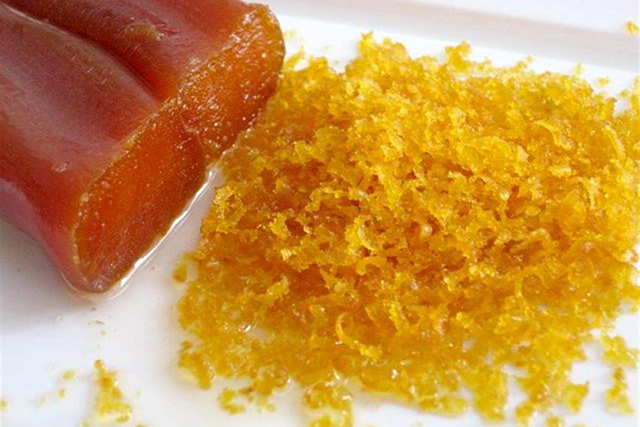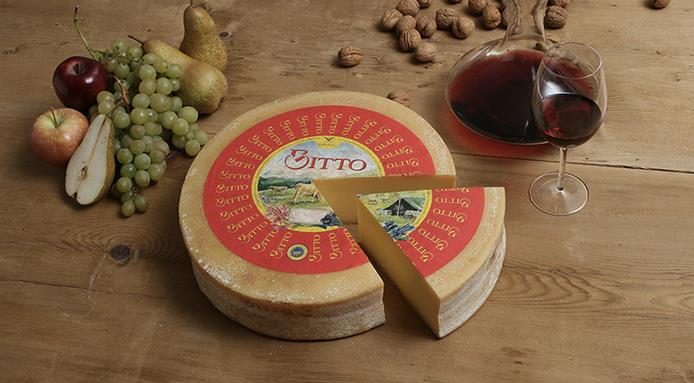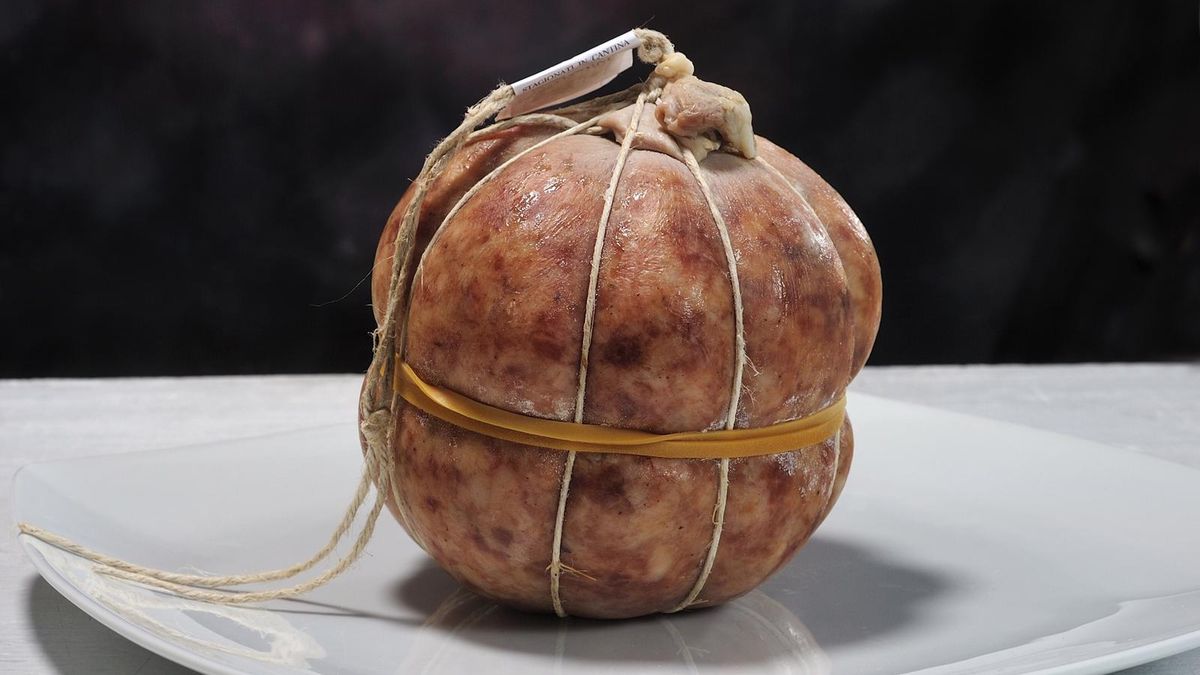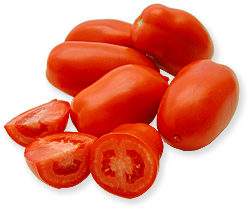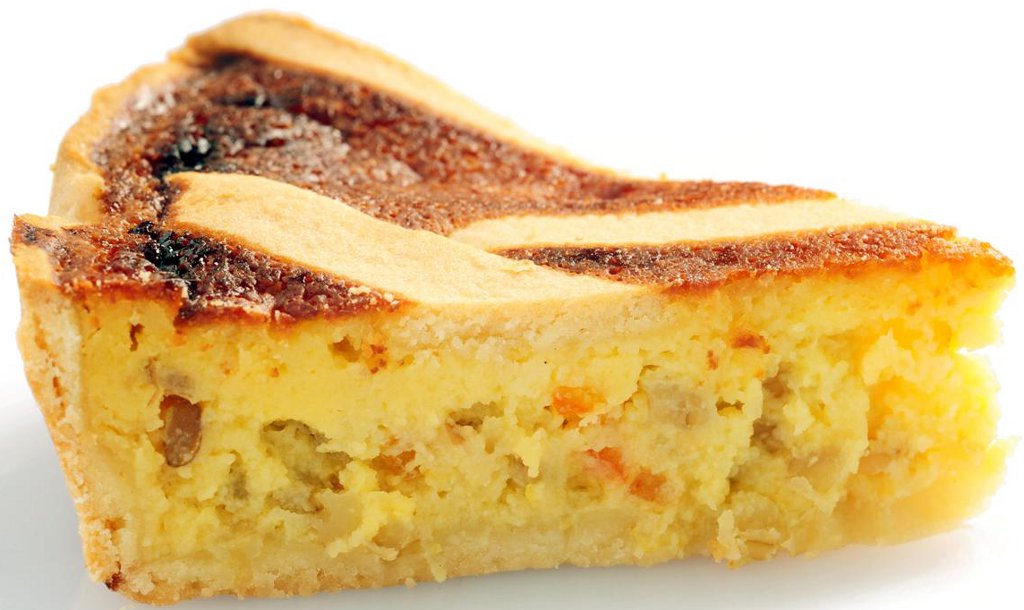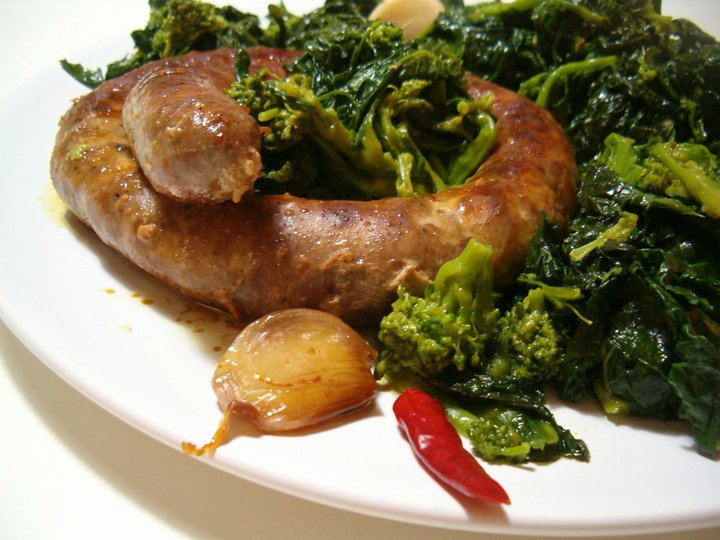There are few ingredients that can give flavour to dishes as intense as roe. Its origins are very ancient – we are talking about a preparation that is almost 3000 years old – and it was the Phoenicians who first brought this precious and delicious ingredient around the Mediterranean.
The translation of batārikh – the Arabic name for botargo – is literally "dried fish eggs". This product is obtained, in fact, from the drying and subsequent salting of mullet eggs (the common mullet) or tuna. To obtain it requires a long and laborious process that starts with the extraction of fish eggs, their thorough cleaning and subsequent salting. The last step – after pressing and before marketing what is called "the caviar of the Mediterranean" – is the seasoning for at least 90 days, a period of time that is essential to give the roe the typical golden-amber color and intense flavor that characterizes it.
Precisely because the process of making and maturing is very long and complicated, bottarga has quite high costs. Depending on whether it is tuna roe or mullet roe (the most valuable and expensive) the price of a jar can vary from 50 to almost 300 euros. As already mentioned, there are different types of roe. Tuna botargo is the most common, with a color ranging from light pink to brown. The taste is very intense.
Mullet roe is more prized, with a strong but more delicate flavor than tuna, the texture is compact and the color, a golden amber, must be uniform.
